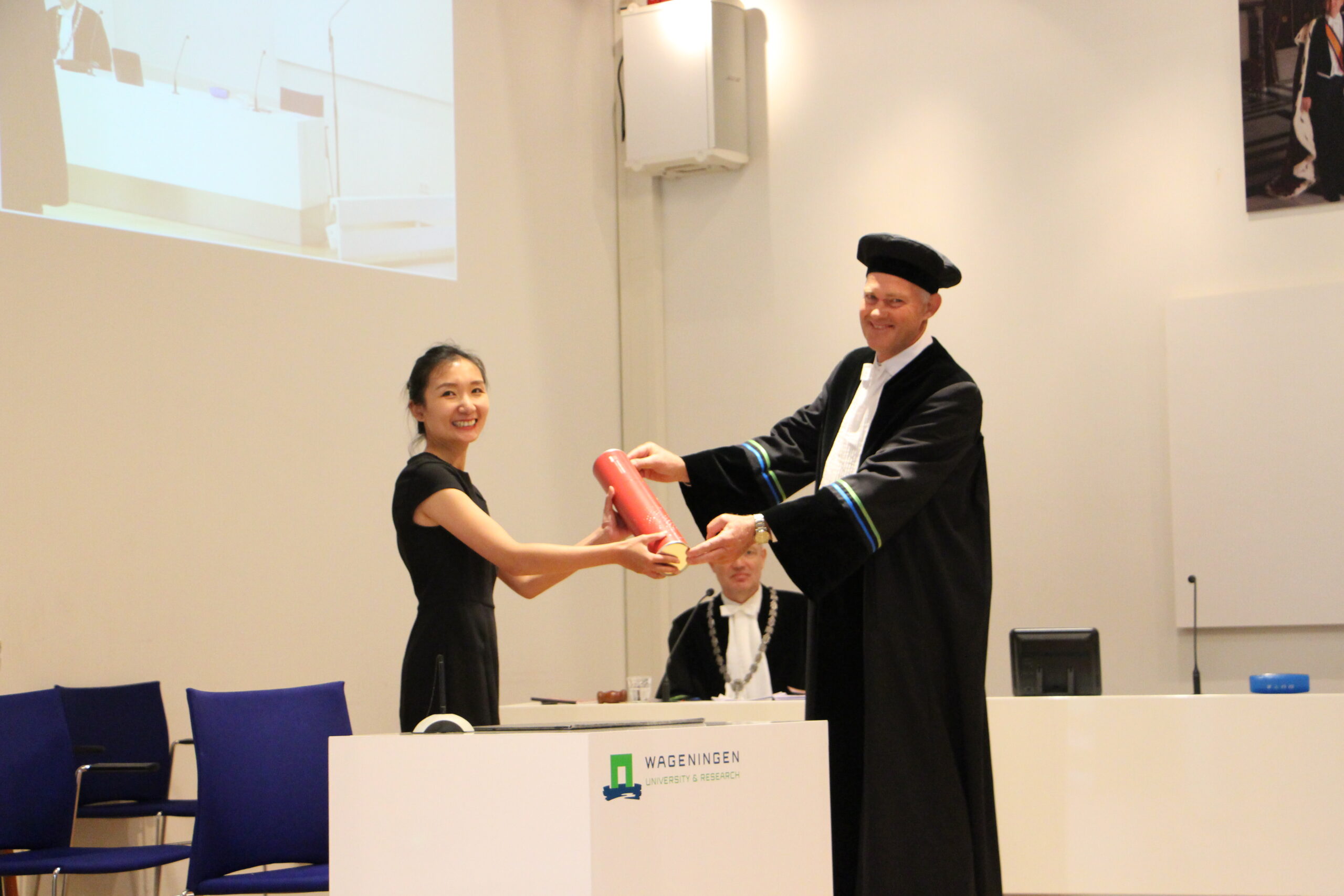Na Wang investigated the options for the sustainable intensification of potato production in China in three main potato-growing regions for the processing industry. Current production is far from optimal. Firstly, the seed material is of poor quality. That can be tackled using regulations and a quality label for healthy and vigorous seed. Secondly, the availability of rainwater in northern China is limited. Drip irrigation resolves that problem without wasting too much water, says Wang.
Nitrogen
Furthermore, most Chinese potato growers currently use too much fertilizer. Excess application of nitrogen, which results in soil and water contamination, also curbs production. Fertilization can be reduced by phasing out fertilizer subsidies and restricting the use of nitrogen, says the PhD student.
Tailored solution
She also makes an appeal for more tailored solutions because the leading potato-producing regions have a wide variety of environmental circumstances. In the Heilongjiang region potatoes are produced primarily for their starch, and there is plenty of rainwater available, while in the Inner Mongolia region, potatoes are grown under much dryer conditions and irrigation is needed to ensure high yield and good quality. Moreover, farmers must adjust their fertiliser use to the soil type and availability of nutrients in the soil, Wang advises. She obtained her PhD with Martin van Ittersum, personal professor of Plant Production Systems, on 25 August.

 Na Wang’s promotion. Photo: Na Wang
Na Wang’s promotion. Photo: Na Wang 

